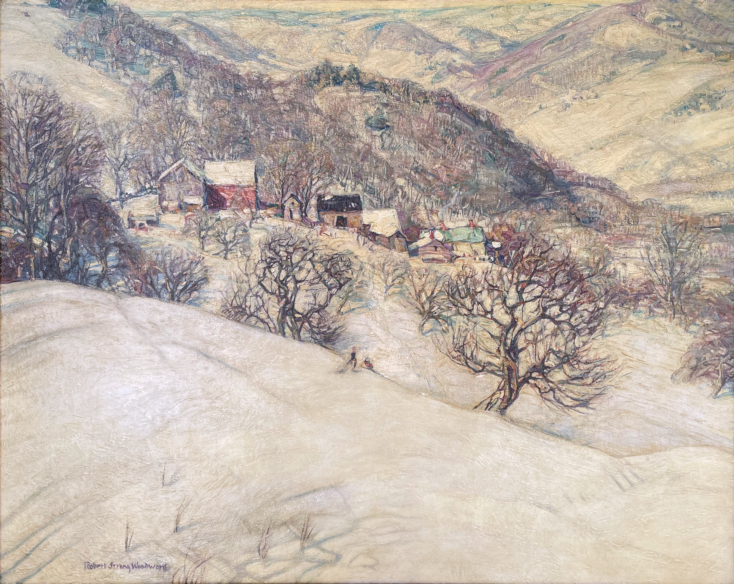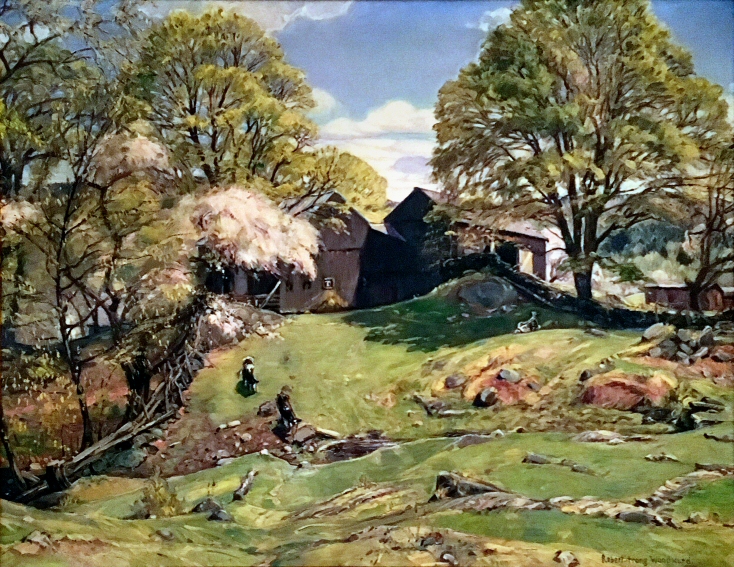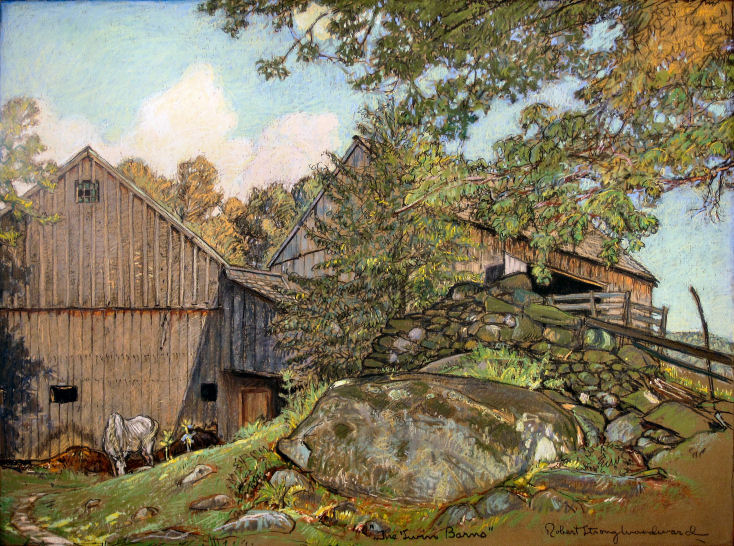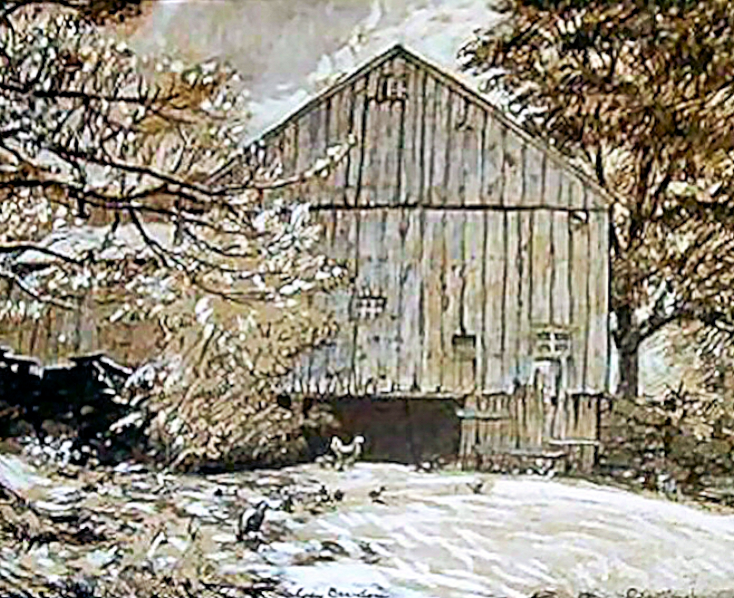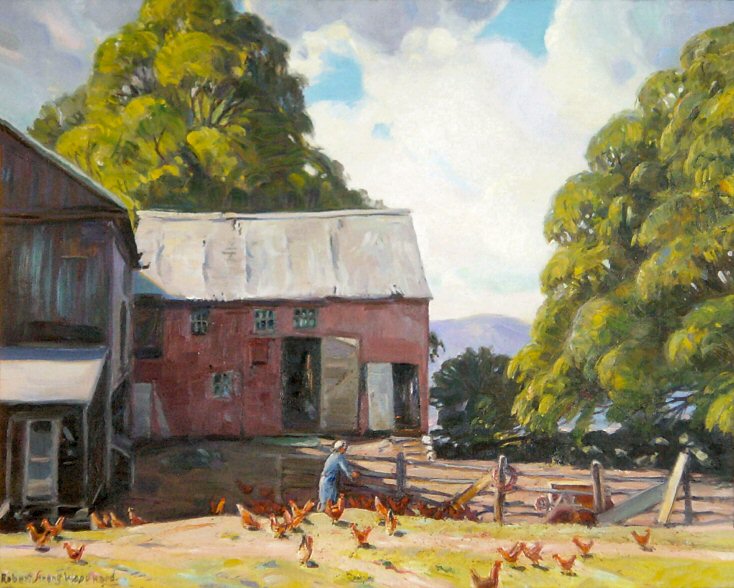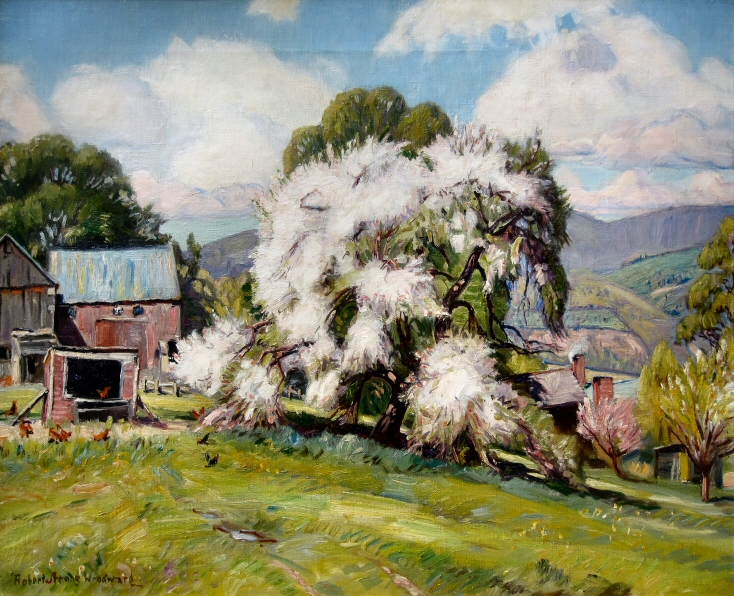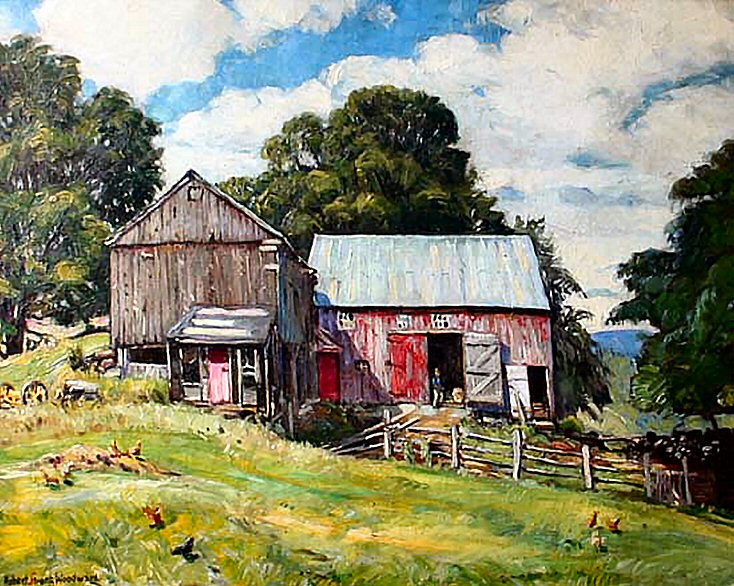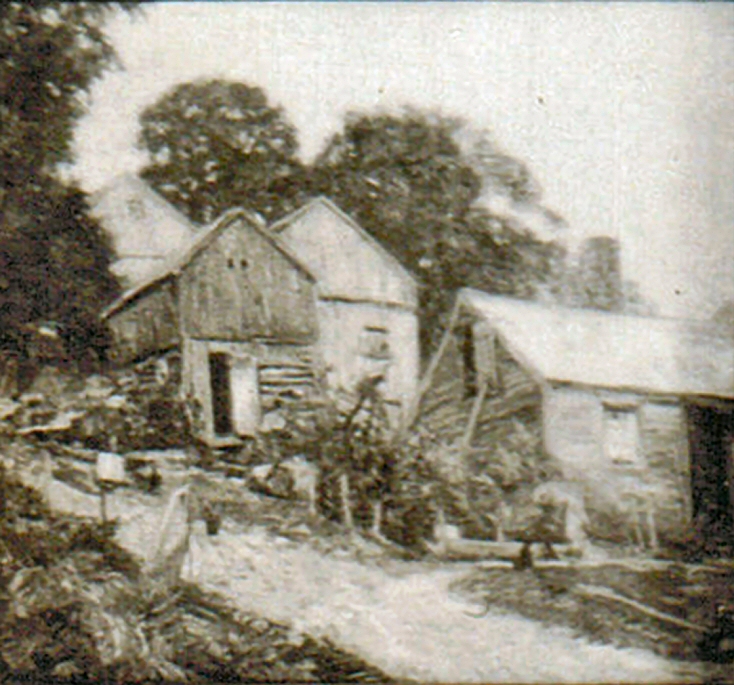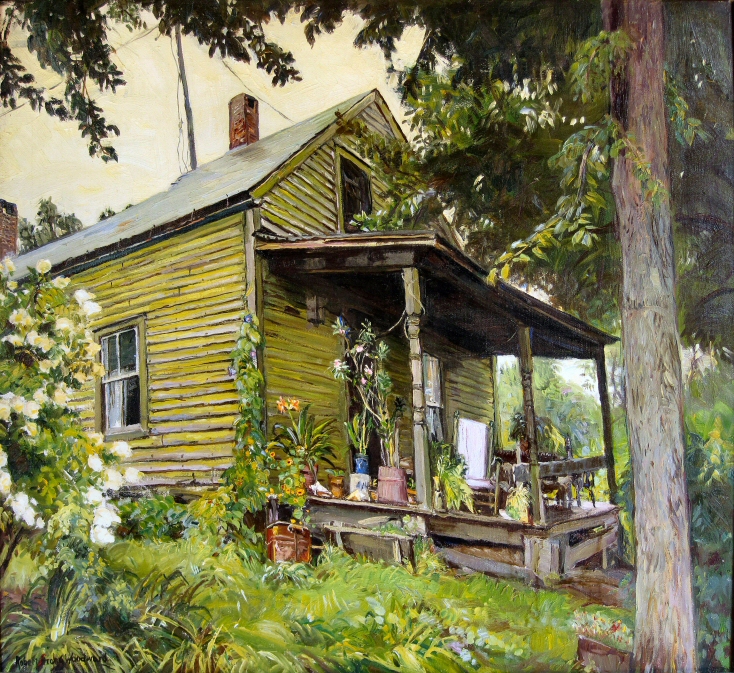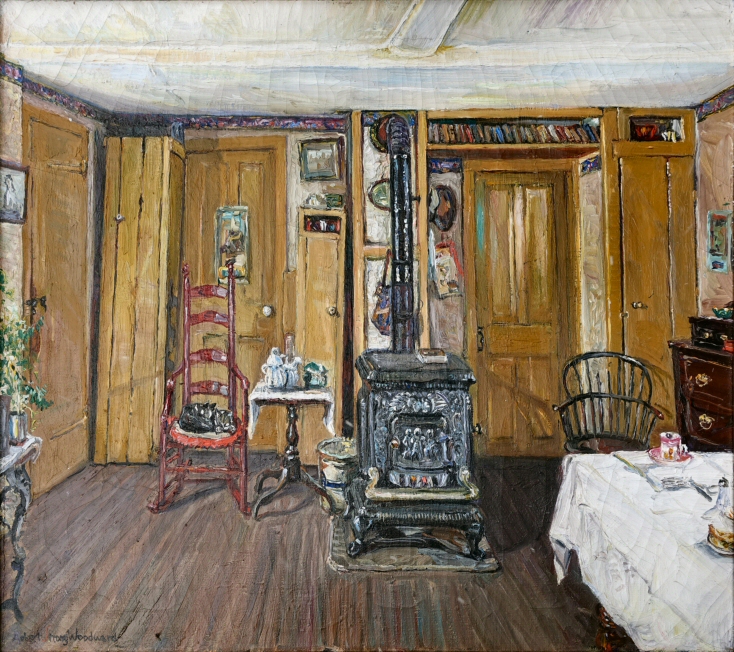Quick Reference
Unknown
Keach Farm, Buckland, MA
Oil on Canvas
Landscape
Farm, Winter Scene
Unknown
DA Hilson Gallery, 1970
Rob. T. Lee and later donated to the
So. Vermont Art Center Museum.
NA
Related Links
- From a May Pasture ➀
- Twin Barns ➁
- The Greening Tree ➂
- Apple Blossom Time ➂
- New England in November ➃
- Mrs. Keach's Front Porch ➄
- Keach's Stove ➄
- Country Sitting Room. ➄
Paintings Referenced on Page:
- VISIT OUR NEW...
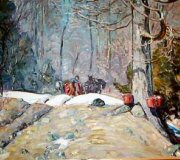 Award Winners Gallery to see RSW's prizes winning paintings.
Award Winners Gallery to see RSW's prizes winning paintings.
- See also the...
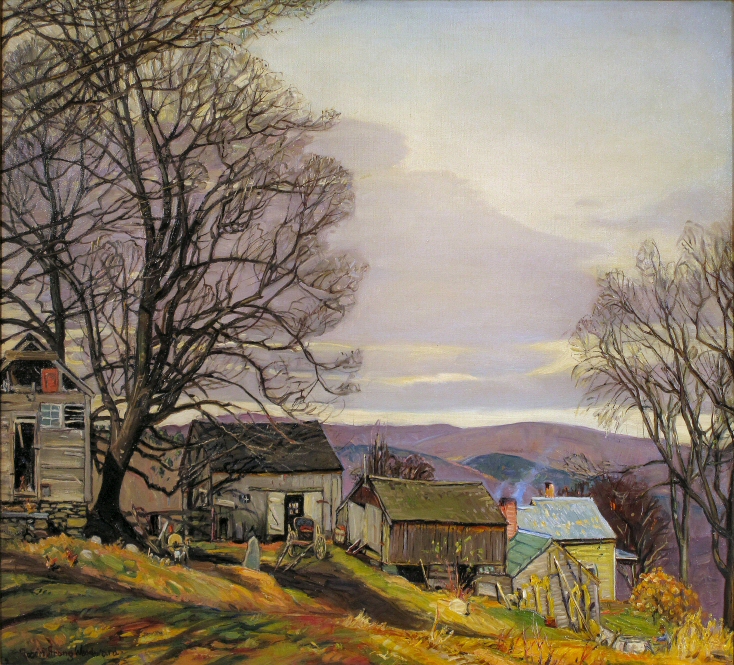 Keach Gallery to view related pieces.
Keach Gallery to view related pieces.
- See also the...
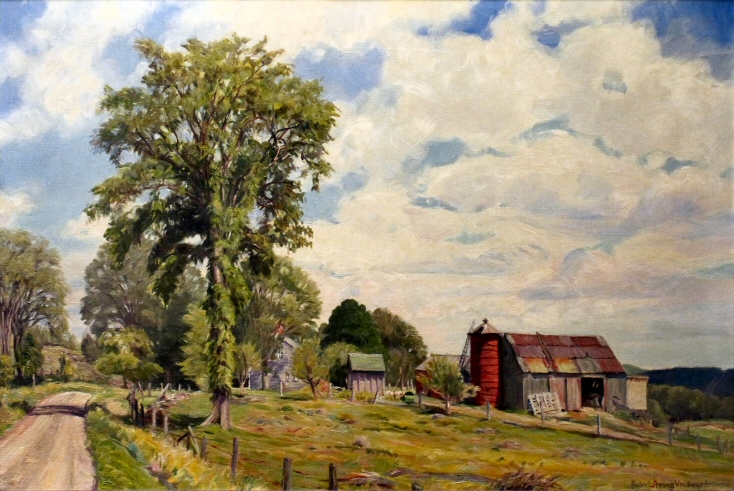 Farms Gallery to view related pieces.
Farms Gallery to view related pieces.
- See also the...
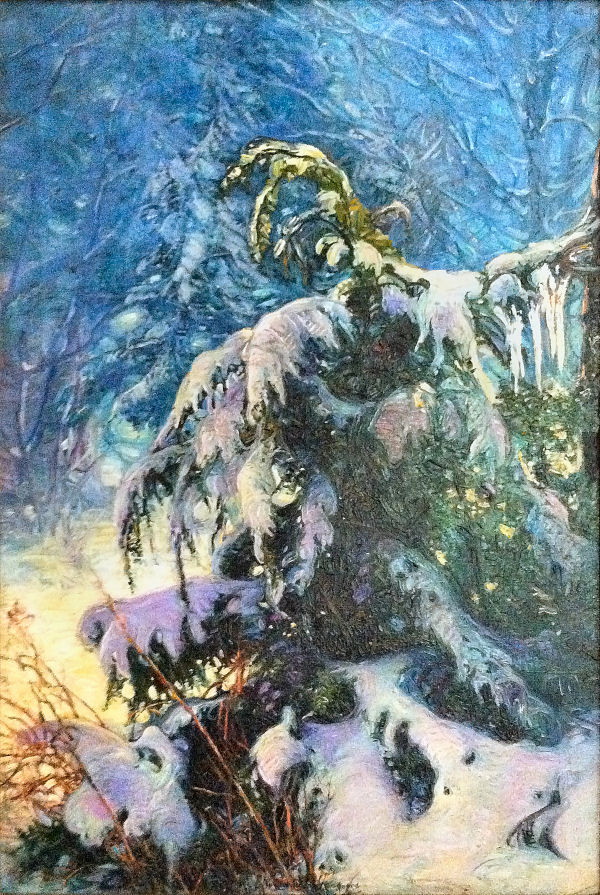 Snow on the Ground Gallery to view related pieces.
Snow on the Ground Gallery to view related pieces.
- See also the...
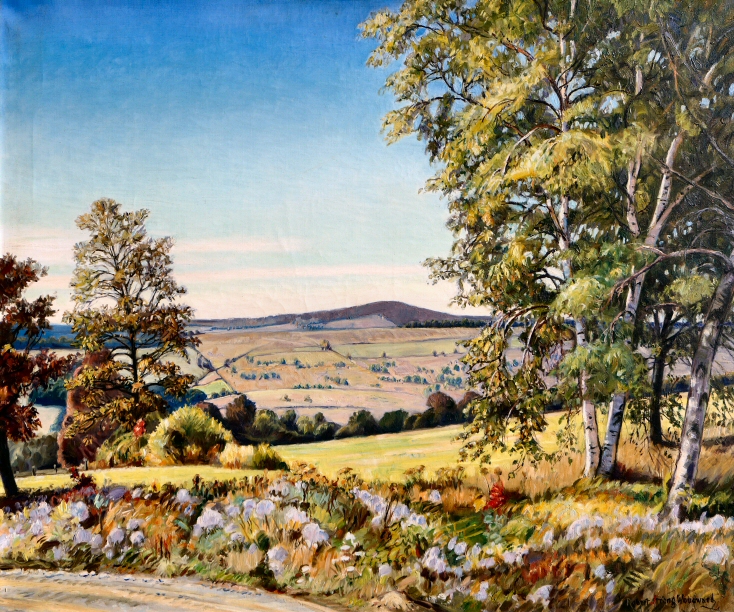 Landscapes & Views Gallery to view related pieces.
Landscapes & Views Gallery to view related pieces.
- See also the...
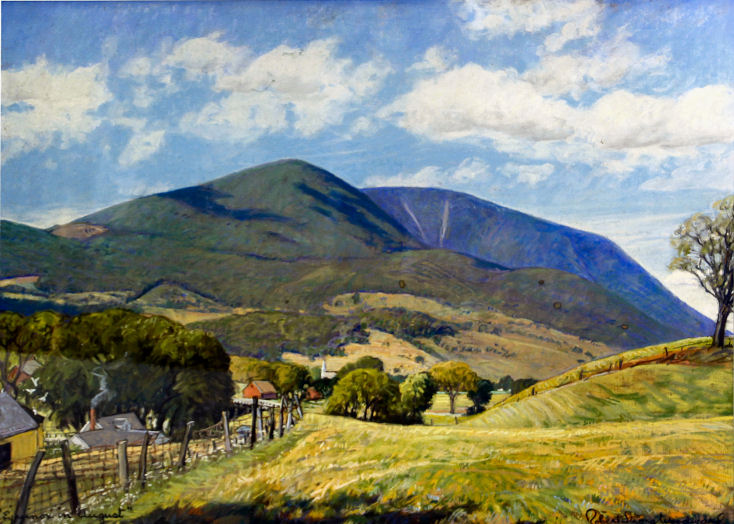 Mountains Gallery to view related pieces.
Mountains Gallery to view related pieces.
- See also the...
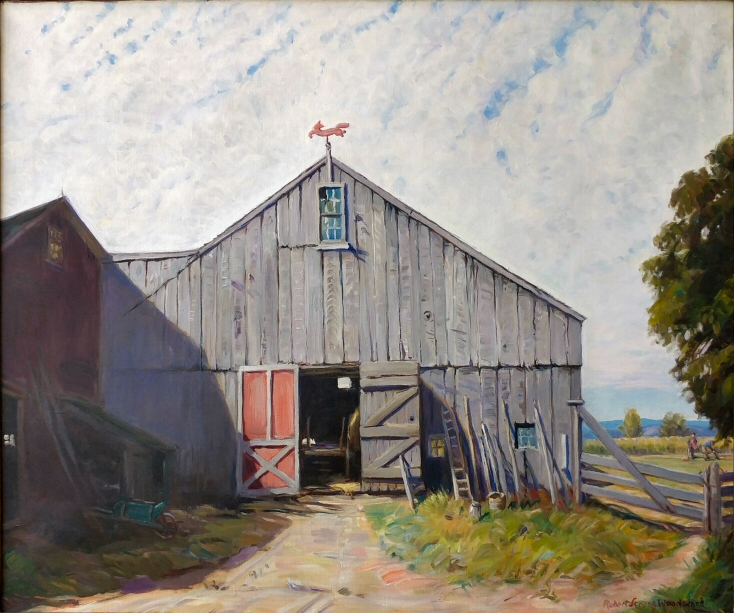 Fences, Gates & Doors Gallery to view related pieces.
Fences, Gates & Doors Gallery to view related pieces.
- See also the...
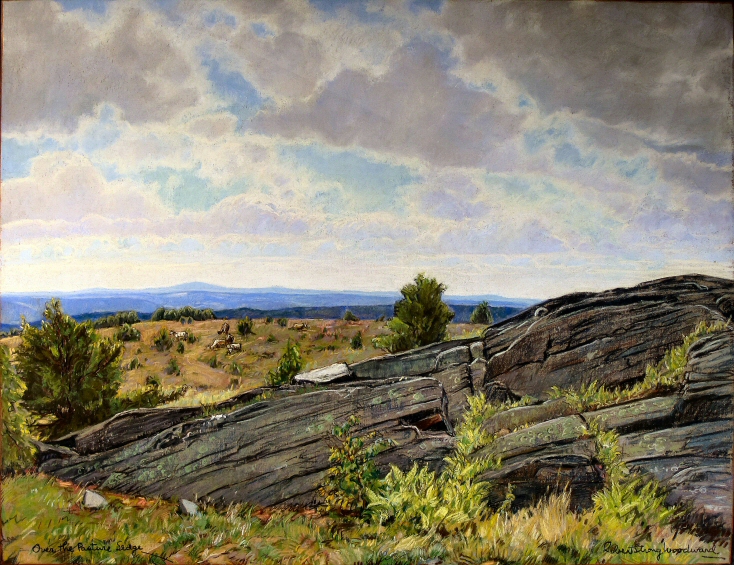 Rocks & Stone Walls Gallery to view related pieces.
Rocks & Stone Walls Gallery to view related pieces.
- See also the...
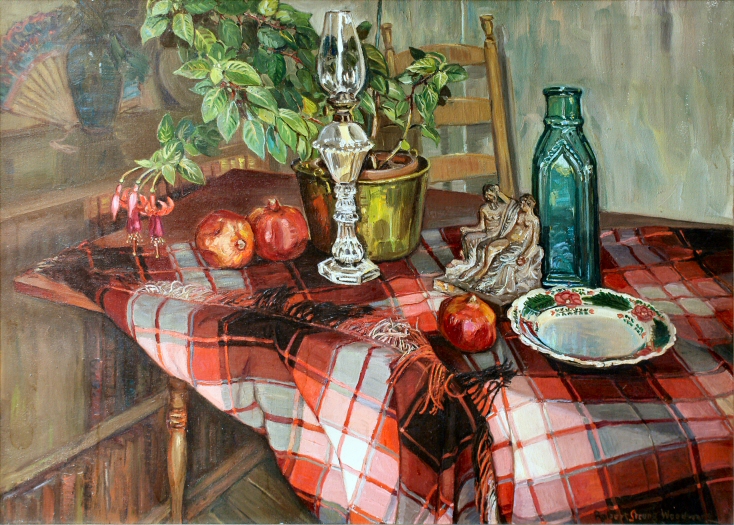 Still Life & Interiors Gallery to view related pieces.
Still Life & Interiors Gallery to view related pieces.
Featured Artwork: Unnamed: Keach's Drama
RSW's Diary Comments
None.
Editor's Note:
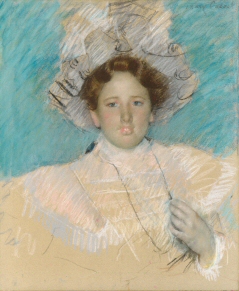
 A pastal portrait of Adaline
A pastal portrait of Adaline
Havemeyer by Mary Cassatt - 1890's
This painting resides in the collection of the Southern Vermont Art Center (SVAC) in Manchester, VT. It was given as a gift by the painting's owner, Woodward's friend Robert T. Lee upon his death. The SVAC is what remains of the the Southern Vermont Artist Association, a once prominent and active collection of artist throughout the region. It originated in 1927, and Woodward was an original member. They held annual Spring exhibitions that Woodward usually participated. The SVAA was quite critical to Woodward's success. New York Herald art critic Royal Cortizzos would frequent the show and did write reviews of Wodoward's work. He would also meet two of his best customers in Manchester, Mrs. Adaline Havemeyer Frelinhuysen who purchased as many as 35 paintings, mostly pastels (60%) her favorite medium, and Bartlet Arkell who purchased nine paintings, six of which went into his collection of the Canajoharie (NY) Art Museum of which he founded.
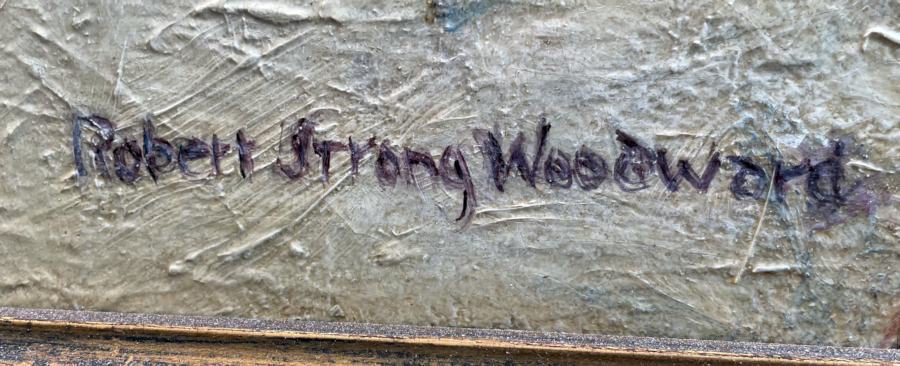
 The paintings is signed by the artist. It appears in
The paintings is signed by the artist. It appears in
the lower right side of the painting, without the red "S"
Frelinghuysen was such a fan she would buy the paintings from the loading dock outside the exhibit hall as Dr. Mark was unloading them. Her family is connected to the Havemeyer Collection in the MET and her mother was friends with artist Mary Cassett who was very famous for her pastel paintings (see to the right). Her sister, Electra Havemeyer Webb, founded the Shelburne Museum near Burlington, VT.
Additional Notes
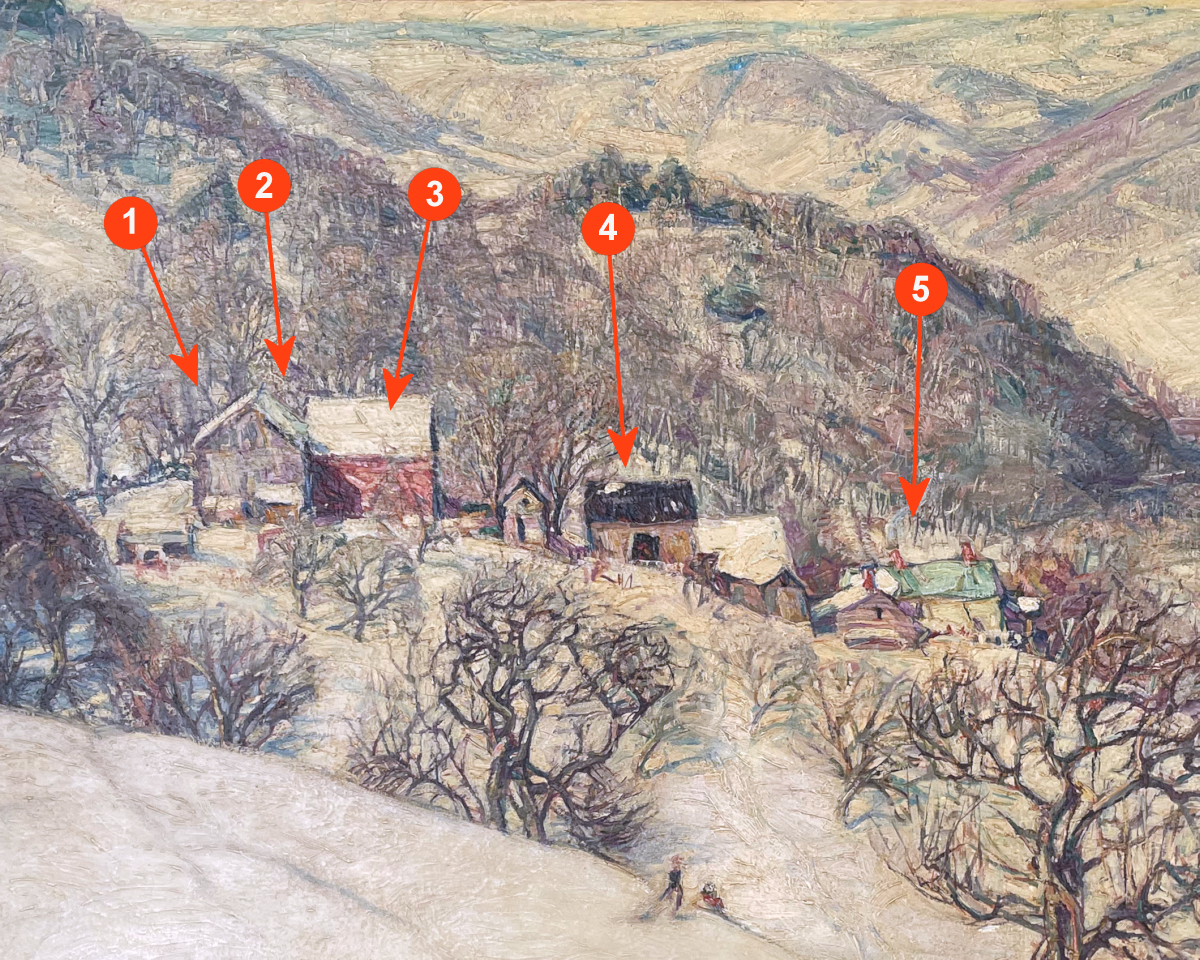
 An illustration of the varying subjects
An illustration of the varying subjects
from the Keach Farm Woodward painted
 Woodward was known for being able to makes the most of a single subject using various angles,
be it a tree, a barn, or a farm. The Keach Farm, was probably his favorite subjects having made around 20 paintings in his career. This is one of the
earliest known paintings. It is definitely pre-1922 given the style and technique. This is the only painting we know showing the spread of Keach's farm
in its entirety. To help you, we created the graphic in the image to your right illustrating the various portions of the farm painted by Woodward.
They are as follows:
Woodward was known for being able to makes the most of a single subject using various angles,
be it a tree, a barn, or a farm. The Keach Farm, was probably his favorite subjects having made around 20 paintings in his career. This is one of the
earliest known paintings. It is definitely pre-1922 given the style and technique. This is the only painting we know showing the spread of Keach's farm
in its entirety. To help you, we created the graphic in the image to your right illustrating the various portions of the farm painted by Woodward.
They are as follows:
The first is (1) From a May Pasture tucked just behind the (2) The Twin Barns. On the other side of the barns, you can see the vantage point for which he painted (3) The Greening Tree and Apple Blossom Time. Then down the slope from that you can see the various buildings that makeup (4) New England in November and Unnamed: A Sloping New England Farm. Last but not least the main house for which he made (5) Mrs. Keach's Front Porch, as well as inside the home with Keach's Stove and Country Sitting Room.
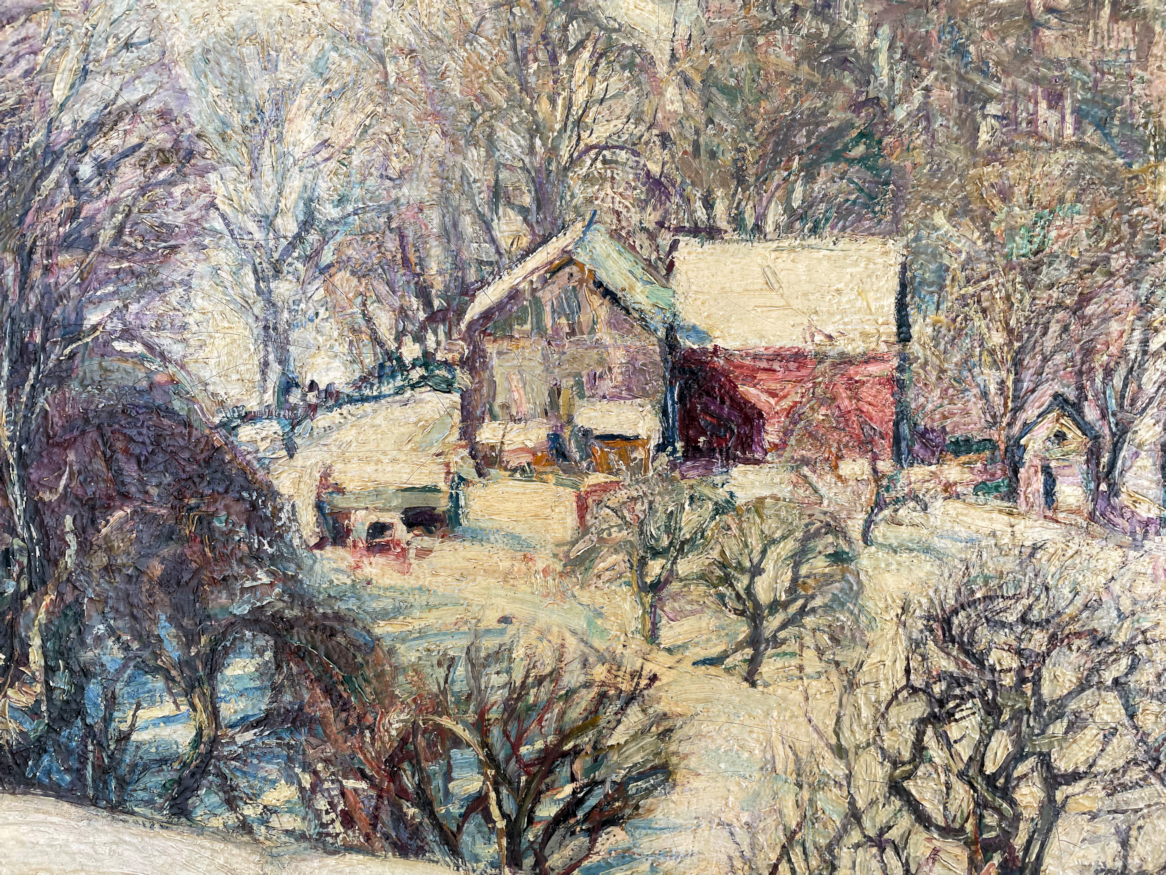
 The top of the farm: 1,2,3
The top of the farm: 1,2,3
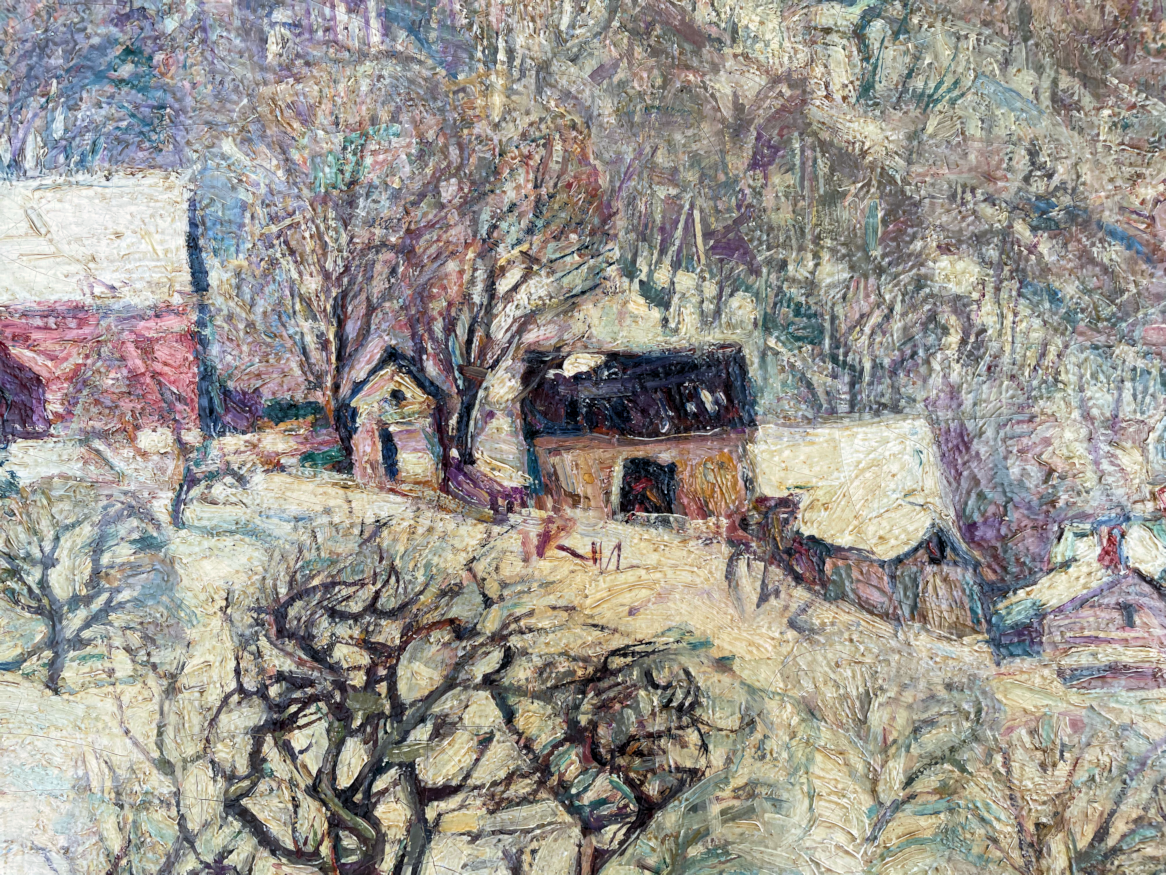
 The middle of the farm: 4
The middle of the farm: 4
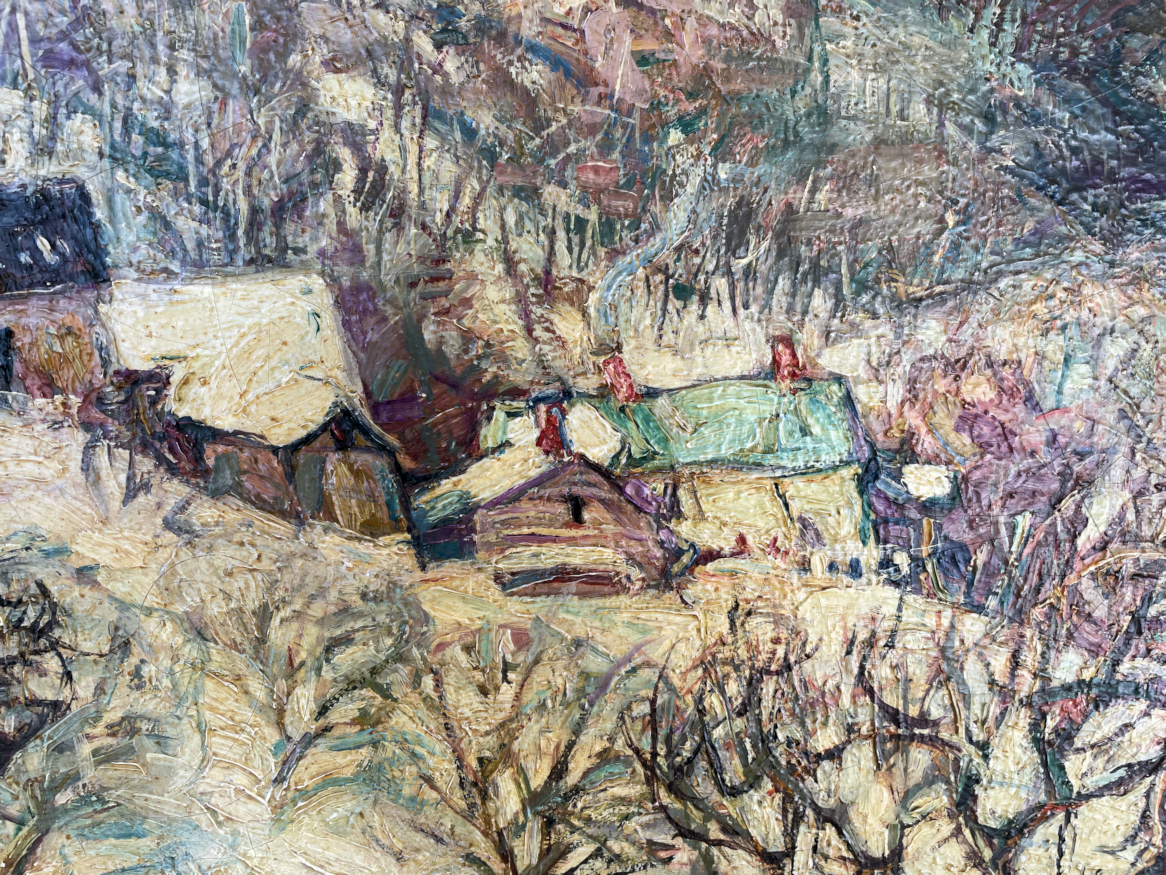
 The lower farm, main house: 5
The lower farm, main house: 5
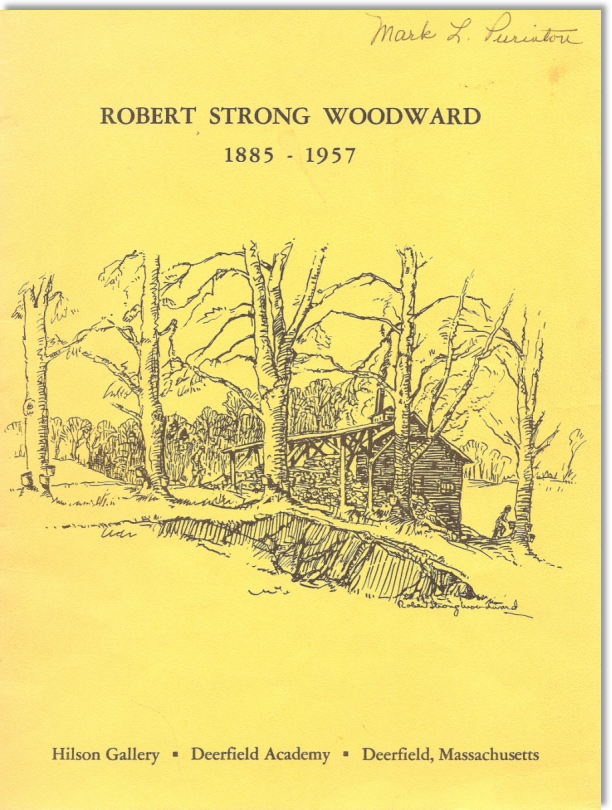
 The cover of the American Studies
The cover of the American Studies
Group catalogue. To see the entire
catalogue
CLICK HERE
 The image at the top of the page in a brand new (Nov., 2023) picture, however our initial discovery
of this painting came from an old Polaroid photograph from the Deerfield Academy's Hilson Gallery Exhibition produced by the American Studies Group
honoring Woodward in May of 1970. Typical of Polariods from the period it has a filmy finish to it. We could not remove the "filmi-ness" without ruining
the image itself. Then, on a visit to the So. Vermont Art Center, Janet Gerry and Larch's sister Laurel discover the painting in the storage of the museum.
In 2023, the SVAC took it out of storage for us to see and photograph.
The image at the top of the page in a brand new (Nov., 2023) picture, however our initial discovery
of this painting came from an old Polaroid photograph from the Deerfield Academy's Hilson Gallery Exhibition produced by the American Studies Group
honoring Woodward in May of 1970. Typical of Polariods from the period it has a filmy finish to it. We could not remove the "filmi-ness" without ruining
the image itself. Then, on a visit to the So. Vermont Art Center, Janet Gerry and Larch's sister Laurel discover the painting in the storage of the museum.
In 2023, the SVAC took it out of storage for us to see and photograph.
This painting is reminiscent of 1930 award winning,
New England Drama, with the farm seemingly hanging on the edge of a sloping hill with distant hills serving as a backdrop.
 We will continue to search for the name of this painting. In the meantime, if you wish to know more
about the project performed by the American Studies Group and view the catalogue in its entirety please CLICK HERE
We will continue to search for the name of this painting. In the meantime, if you wish to know more
about the project performed by the American Studies Group and view the catalogue in its entirety please CLICK HERE
---------------------------------------------------------------------------------------------------------------------------------
Arrow ①
In the oil painting, From a May Pasture, we get a view of the pasture at the very top of the sloping farm.
There is another painting we believe is from the same pasture but looking up the hill past the grounds of the farm. See
Between Winter and Spring for that perspective.
Arrow ①
Here in the chalk drawing, Twin Barns, we get a closer look at the "twin barns" which are no so much twins
in that that look alike but rather "twins" in the sense that they are connected or if you will, "Siamese Twins." This painting also does a great job illustrating how
the New England Farm built itself into the surrounding terrain using rock-ledge as support for paths and creative carpentry to make it functional. Also note the
manure pile that stains the boards of the barn to the left.
Arrow ②
Grey Boards is a perspective of the backside of the manure stained barn in Twin Barns. A better
vantage point would be to look again at From a May Pasture and follow the tree and fence line on the left of the painting and you see can the open
area (again to the left of the even bigger pile of manure) around the corner from where Woodward likely sat to paint.
Arrow ③
This is a closer look at the other side of the twin barns. Why the one is painted red on just two sides is a mystery. One
would think if you are going to paint a barn, paint the whole thing, and if it is a double barn why not paint both? But the "little red barn" is a favorite subject
of Woodward's. Here the emphasis is on the "farmyard", the fence enclosed area and the women feeding the chickens. Note the extended doorway to the left
of the painting. You can see the same feature in th painting above.
Arrow ③
The Greening Tree not seen in the previous painting, is just a young small tree in the painting above. You can
just make it out if you look closely. It is because the painting of this artwork page is a very early career painting by the artist. One can tell just from the style of
brush application but also... It is signed without the emblematic Red "S" Woodward did not start using until 1922. So The Greening Tree is a painting
made from another painting of the same subject in 1931. The difference between the tree in this painting and The Greening Tree is at least a decade.
Arrow ③
Summer Barns is again a similar scene to the previous two above, however, Woodward has shifted to the left and
back a little farther to include the whole of both barns. Here you get a glimpse of the pasture behind the barns as well as the full snese of the slope the barns rest upon.
Arrow ④
Moving farther down the slope we arrive at the middle portion of the sloping farm. Here in New England in
November
Woodward has positioned himself facing what he refers to as "The Three Barns" in another painting. The three barns are more like sheds. they are not nearly
the size of the twin barns higher on the hill. In this painting, you also get a rear view of the Keach's home. If you look closely at the far right of the painting, you can see the
home's front porch featured in the painting, Mrs. Keach's Front Porch [see below]
Arrow ④
Here is the painting, The Three Barns, where Woodward positions himself just to the side of the rutted road that climbs
up the where the twin barns are located. Actually, we wonder if that is the little red barn's static roof vents, peaking up just behind them. It has to be because there are no
other known buildings between the sets of barns. What is really great about this painting is how it reveals just how steep the climb up the hillside really is. This appears to
be the steepest part of the farm.
Arrow ⑤
Finally, we have reached the bottom of the farm, the faded, chartreuse-colored building to the right of the painting at the top of this page.
This is one of Woodward's favorite paintings. He was terribly disappointed it did not end up in a museum, so much so, he kept it for himself as his own treasured-keepsake.
Everything about the home, suggest it is teetering on a very delicate balance... the lean of the porch's footings, fallen planks, the crooked porch, the tattered clapboards, and
the subtly sagging porch roof. Yet, you see joyous life of blooming plants and bushes and a comfortable chair amongst it all to rest in repose... given you don't tip over sitting
on it.
Arrow ⑤ BONUS
The interior of the Keach's home was painted as well. Here in A Country Interior you can see home decor: the old stove,
a Windsor chair to the stove's right, the New England slat-back rocking chair on its left, an old bureau, some ceramics, a tea set on the table, pottery behind the stove, books
on the built-in bookshelves above the door, and note the two cats sleeping on the slat-back rocking chair.



